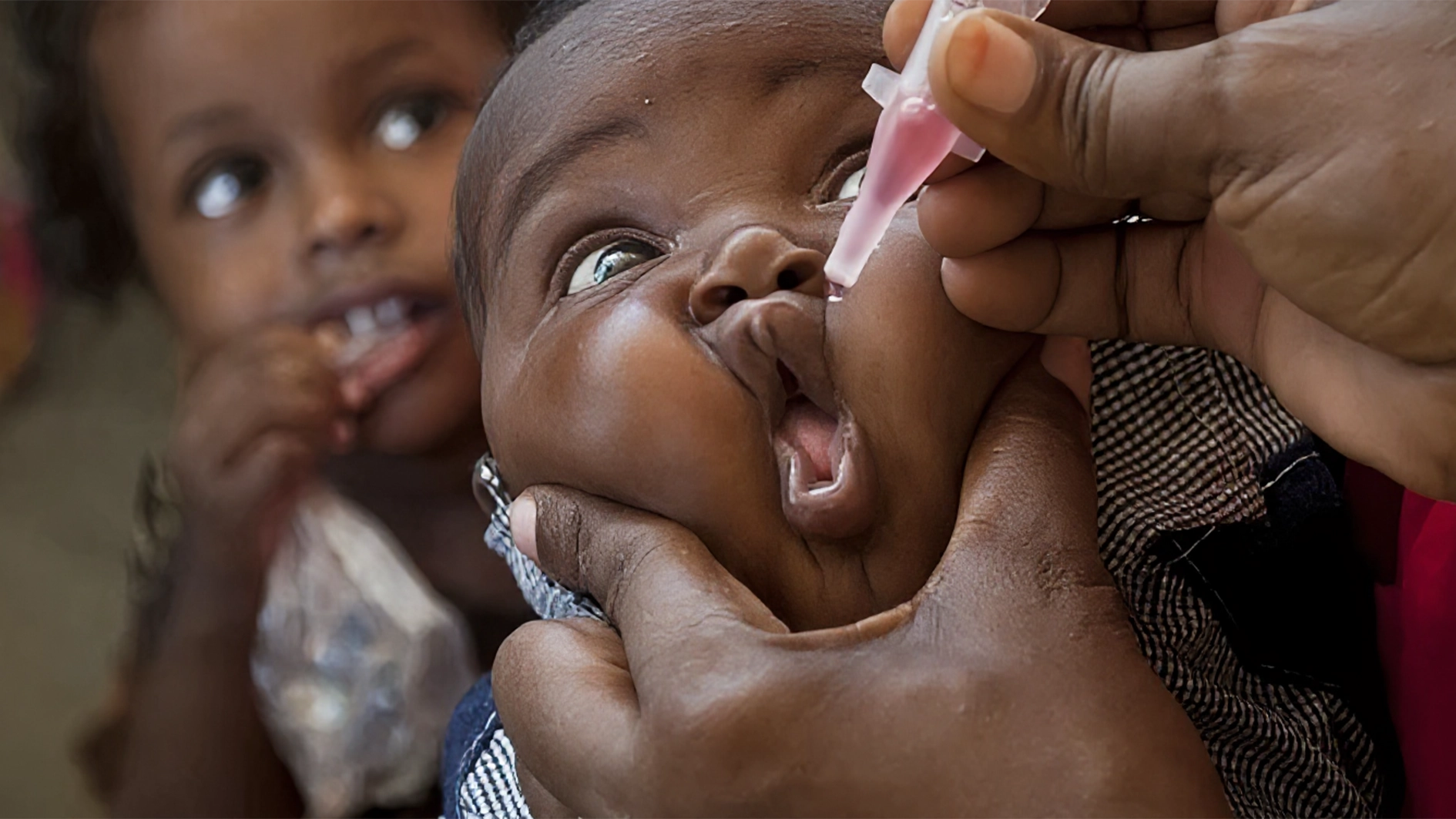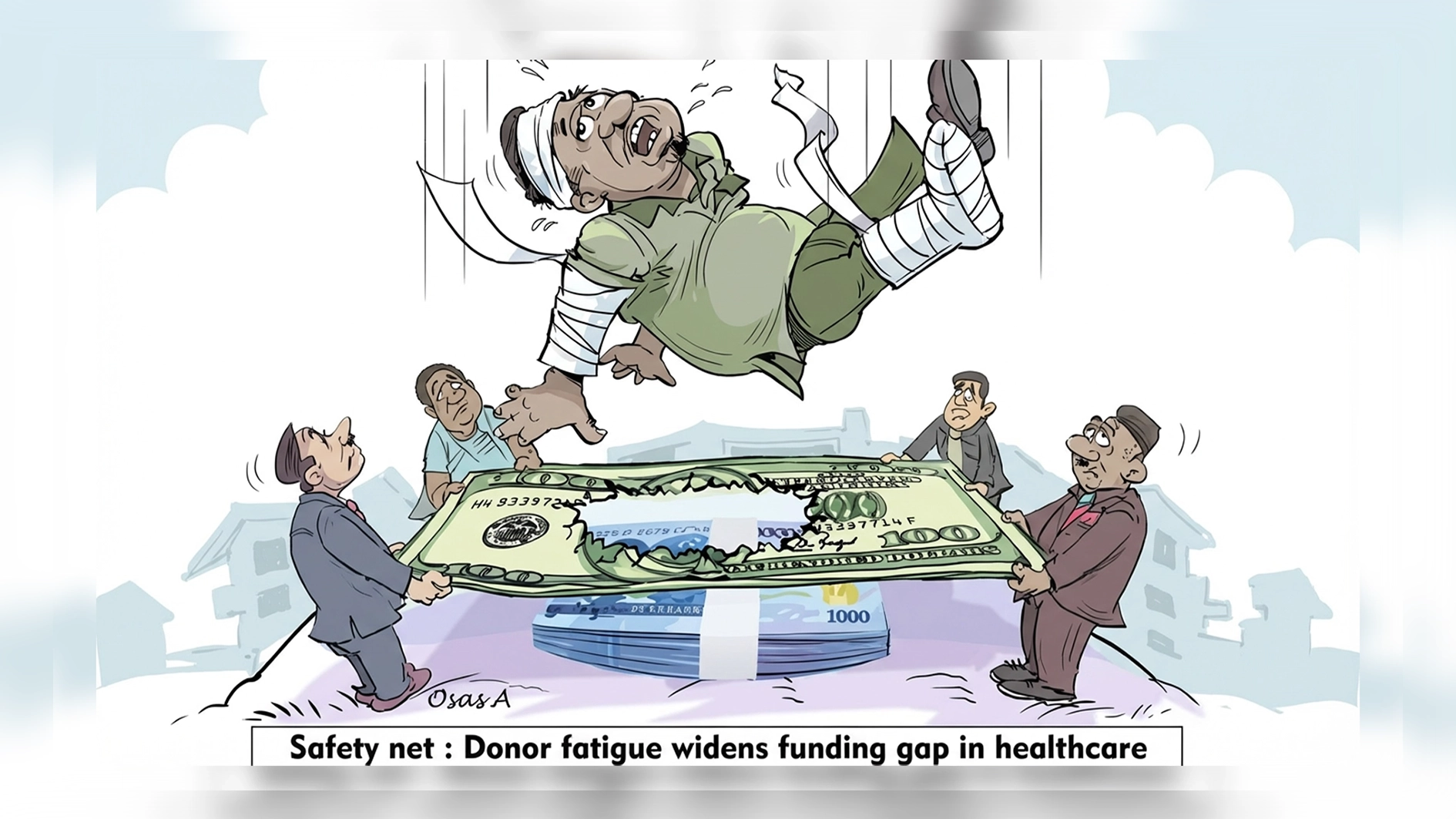The United States Centres for Disease Control and Prevention (CDC) has warned that Nigeria’s limited laboratory diagnostic capacity for testing Acute Febrile Illness (AFI) is leading to misdiagnosis, inappropriate treatment, and poor management of patients.
The agency said addressing gaps such as weak policies, limited testing facilities, and poor diagnostic infrastructure is crucial to strengthening AFI surveillance in the country.
Speaking at a roundtable organised by the CDC in collaboration with the Institute of Human Virology Nigeria (IHVN) in Abuja, Senior Public Health Specialist for Epidemiology and Surveillance at the U.S. CDC Nigeria, Dr Oladipupo Ipadeola, stressed that AFI surveillance is essential for the early identification of infectious disease outbreaks, understanding their epidemiology, and implementing effective control measures.
AFI is characterised by the sudden onset of fever, with or without other symptoms. Unlike malaria, it can be caused by bacteria, viruses, protozoa, or fungi. It is more common among children and young adults but can affect all age groups.
Ipadeola noted that the overlapping symptoms often complicate diagnosis, while limited laboratory capacity further hampers treatment.
“Addressing AFI surveillance gaps, such as a lack of clear policy, limited geographical spread of testing facilities, and poor diagnostic capacity, is essential. A good understanding of AFI cases allows ministries of health and public health institutions to strengthen surveillance and laboratory capacity,” he said.
According to him, the U.S. CDC, in partnership with the Nigeria Centre for Disease Control and Prevention (NCDC) and other stakeholders, has established sentinel surveillance sites across Nigeria’s six geopolitical zones.
These sites have tested over 11,000 samples for priority diseases, including malaria, dengue, Lassa fever, yellow fever, and COVID-19. The agency has also supported laboratory upgrades by introducing multiplex PCR testing, providing rapid diagnostic kits and reagents, and training laboratory staff. Coordination of the programme was formally handed over to the NCDC last year, while the U.S. CDC continues to provide technical support.
Ipadeola commended the Federal Government for adopting strategies to address AFIs, including public health education campaigns, malaria control programmes, vaccination drives, surveillance and monitoring systems, and partnerships to enhance healthcare infrastructure.
Also speaking, the Executive Director of the International Research Centre of Excellence (IRCE), Prof. Alash’le Abimiku, emphasised the role of collaboration in strengthening Nigeria’s health system. She said partnerships had laid the groundwork for a smooth transition of the AFI surveillance project to the NCDC and state ministries of health.
“The success of this transition and of our broader surveillance efforts depends on each of us,” she added. The Director General of the NCDC, Dr Jide Idris, represented by the Director of Special Duties, Dr John Oladejo, described the transition as the beginning of a new chapter in Nigeria’s disease surveillance.
“This is not merely a handover of responsibilities, but an opportunity to identify and address concerns, recalibrate our strategies, and ensure our systems are robust, responsive, and adaptable to the ever-changing landscape of febrile illnesses,” he said.
Programme Director at the Division of Global Health Protection, U.S. CDC Nigeria, Dr Farah Husain, noted that strengthening AFI surveillance would improve early detection, enhance laboratory capacity, and strengthen data systems to enable faster responses to outbreaks.
She warned that fever, a common symptom of many infections, was often misdiagnosed and wrongly treated, contributing to drug resistance, higher morbidity, and increased mortality.
“Building a robust and sustainable AFI surveillance system is key to improving Nigeria’s outbreak preparedness and protecting public health,” Husain added.






